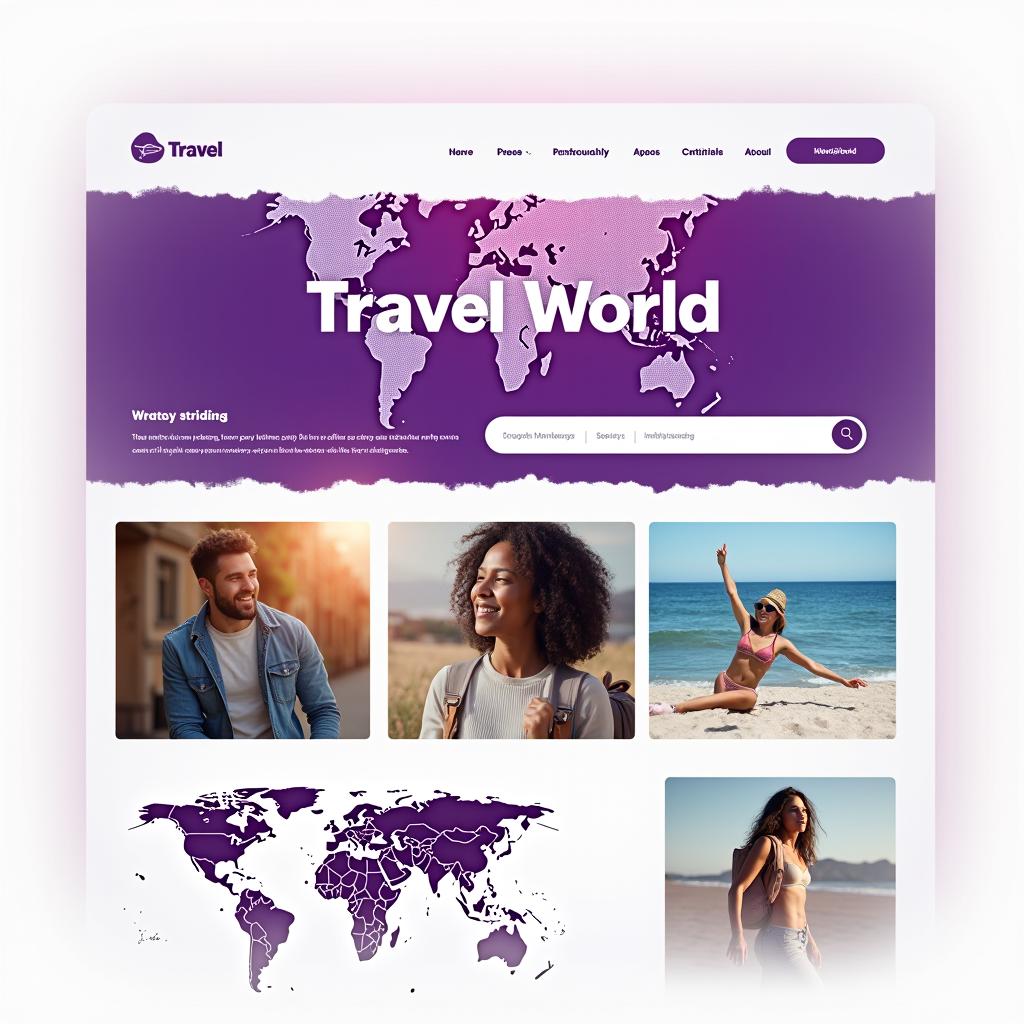In a globalized world, competition among travel companies has become incredibly fierce. To stand out, you need to maintain the right branding for travel companies.
Branding for travel companies: image
The first step to creating brand name — this is the development of a unique identity. Start by answering a few key questions:
- What makes your company special?
- Why should tourists choose you?
- What value do you offer?
These answers will help you define your brand's values and mission. For example, if your company focuses on eco-tourism, this should be the central idea of your brand.
Creating a memorable visual image
Visual style is one of the first aspects that customers perceive. The logo, color scheme, fonts, and even the style of photos should reflect your uniqueness. For travel companies, it is important to use images that inspire and evoke emotions.
Consider including elements related to the culture or characteristics of the region where you work. This will help you associate your brand with a specific location and generate more trust.

Branding for travel companies: Website
Modern travelers start planning with the Internet. Your website — this is the first place where they interact with the brand. It should be:
- Convenient to use from any device, including smartphones.
- Translated into several languages for the convenience of foreign tourists.
- It is filled with bright, high-quality content: photos, descriptions, and reviews.
Don't forget to provide details about service packages, tour features, and booking conditions. Tourists value transparency and clarity of information.
Building trust through reviews
Feedback plays a key role in decision-making. Foreign tourists will probably want to know what other travelers think before booking a tour.
Encourage your customers to leave reviews on the site, on Google, and on platforms like TripAdvisor. Include them in social networks to demonstrate a real experience of working with you.

Content localization
Foreign tourists appreciate it when the company takes into account their cultural and linguistic characteristics. This not only creates comfort, but also shows that you respect their culture.
Translate your content into the target audience's languages, adapt your communication style, and take cultural differences into account. For example, high-level service and attention to detail may be important for Asian tourists.
Your brand must demonstrate a willingness to provide comfort and protection.
Emphasize in your materials that you are taking all necessary precautions. Update your cancellation policy and provide refund guarantees to reduce the risks for customers.
Using social networks
Partnerships and collaborations
Work with local guides, hotels and restaurants to create unique deals. This will not only improve the quality of your services, but also add value to your brand.
Collaborations with well-known bloggers and influencers can also attract attention. Consider inviting them on one of your tours so that they can share their experiences.
Building an emotional connection
Brands that evoke emotions are more often remembered. Use stories in your content to show how your product changed someone's life or gave them an unforgettable experience.
Videos, mini-movies, and photos with real customer emotions will help you bring your brand closer and warmer.








